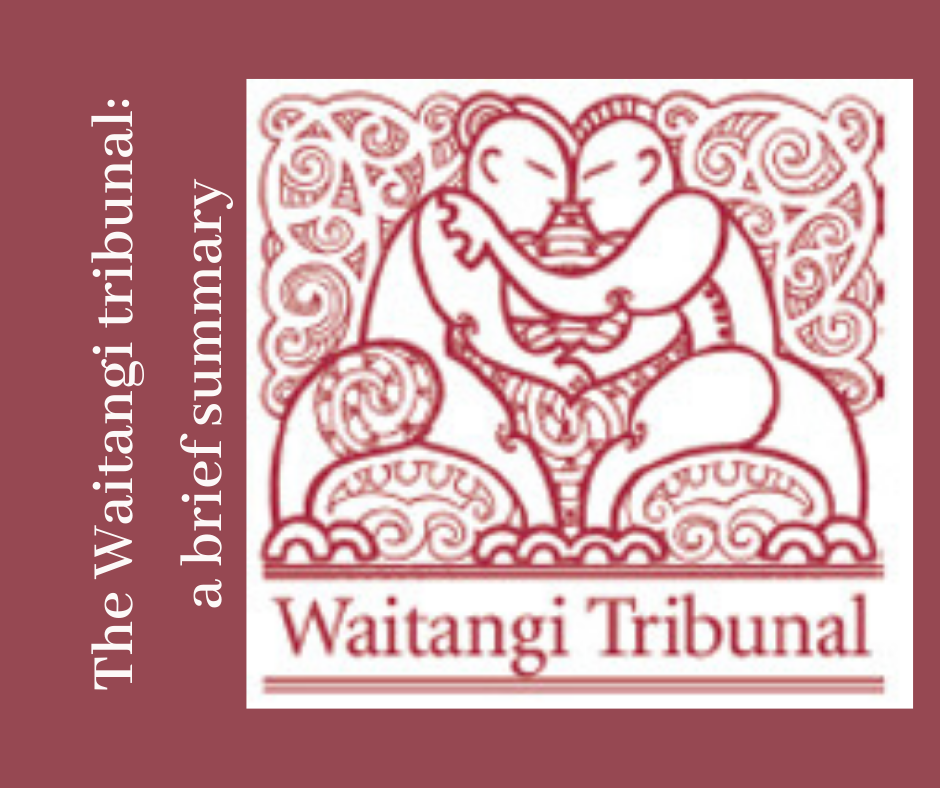The Waitangi Tribunal was established by the Treaty of Waitangi Act 1975.
It was set up to investigate claims of breaches of the Treaty from 1975 onwards and recommend compensation where evidence of breaches is sustained (so-called ‘Settlements’). In 1985 the Act was amended so that claims back to 1840 could be examined. The Government appoints the members of the Tribunal.
Authority
- In most cases the Tribunal has the authority only to make recommendations to Parliament; it has no power to enforce settlements or decide on the amounts of settlements.
- In some limited instances, it has the power to make “binding recommendations” for the return of certain lands to Māori ownership.
- It must take into account both the so-called ‘English’ and Māori language texts of the Treaty in its deliberations.
- It must not “create a further grievance in its attempt to right another”.
- It can also hear urgent current claims, for example, the Tribunal made recommendations (although ignored) on the Seabed and Foreshore proposals before the legislation was introduced.
- Claimants can bypass the Tribunal and negotiate directly with the Government’s Office of Treaty Settlements.
- Parliament has the final approval by choosing whether or not to pass legislation to enact a settlement, and what that settlement will contain.
Fiscal Envelope
The controversial “fiscal envelope” policy of 1994 meant that an arbitrary limit of $1 billion was put on the total of all settlements by the Government – even before the evidence was heard. However this proved controversial and was quietly dropped.
Settlements with Iwi
Since 1999, government policy has been to negotiate settlements only with iwi, which excludes specific hapū and whānau claims; this policy has subsequently developed into a preference for negotiating only with “large natural groupings”, defined by the government over the wishes of Māori. Policies based on government definitions of who it will negotiate with, rather than seeking Māori input into the most appropriate social structures for resolving historical Treaty breaches, have been criticised and challenged by Māori, the Tribunal and others.
The Government is also facing criticism on many other fronts, including for adopting a blanket approach through the Office of Treaty Settlements, which also prefers to work regionally as opposed to addressing hapū-specific claims. The Crown’s right to choose with whom it will negotiate has interfered with traditional relationships between and within hapū, creating new problems. And claimant groups are required to restructure their organisations along legislated lines before the government will finalise any Treaty settlement, further disrupting traditional organisation and relationships. Most settlements amount to less than 2% of the current value of the assets taken. At the same time, claimants must agree to the terms as a full and final settlement.
The Tribunal has proved useful in some respects however; a major plus has been that hapū and individuals have at last been given a public hearing, and their evidence entered into the public record, so the ‘other’ side’s view of some contested historical events has been made accessible to the wider public, for example.
Source: Treaty of Waitangi Questions & Answers, Network Waitangi 2018

